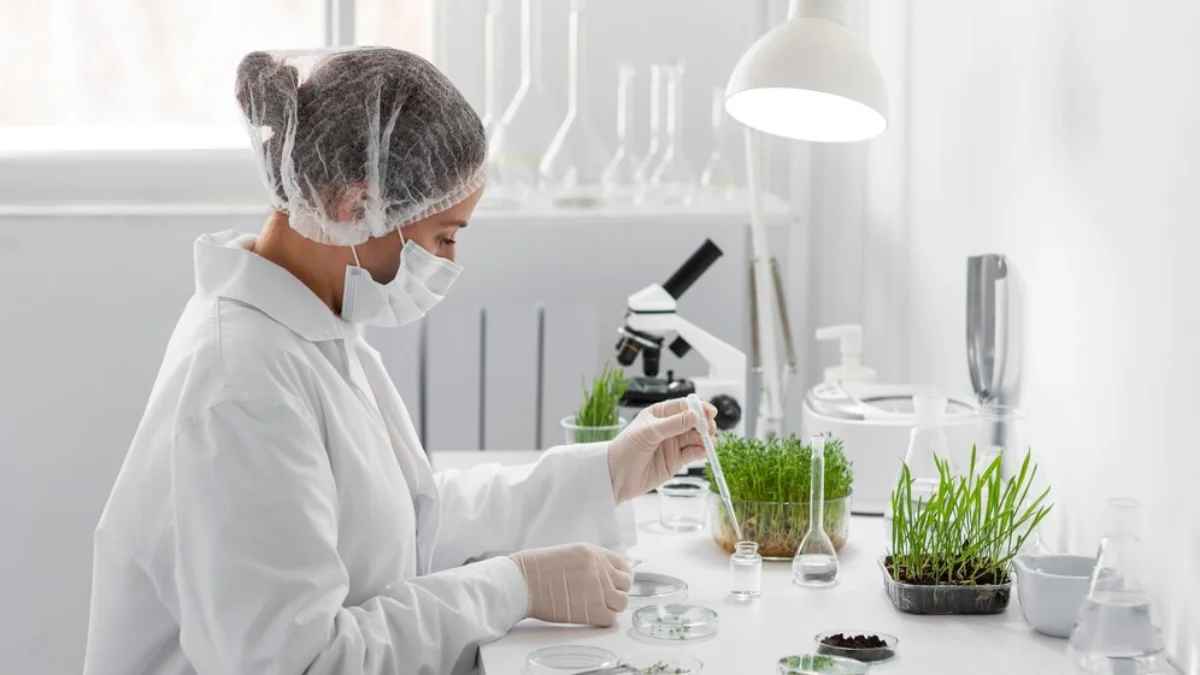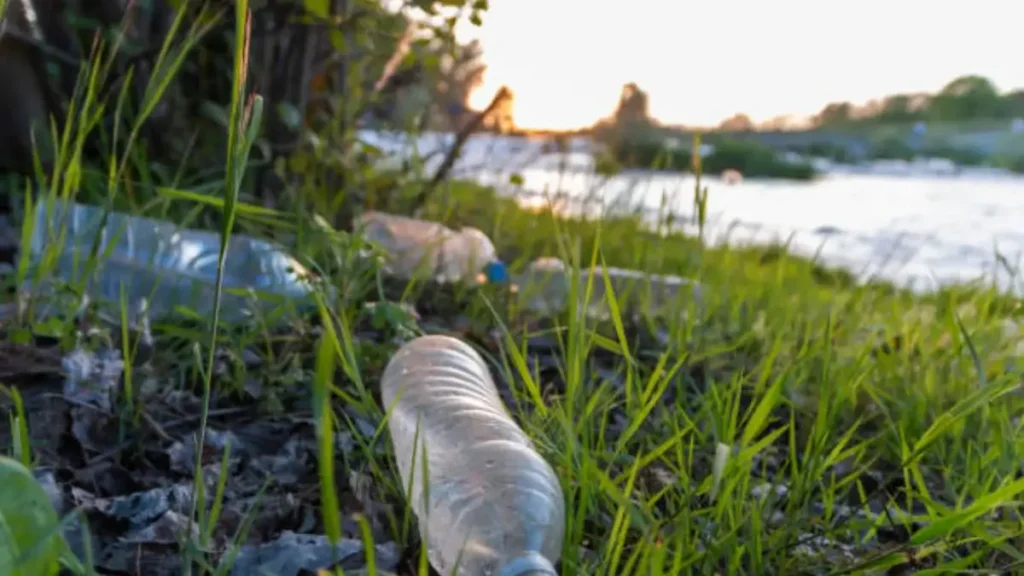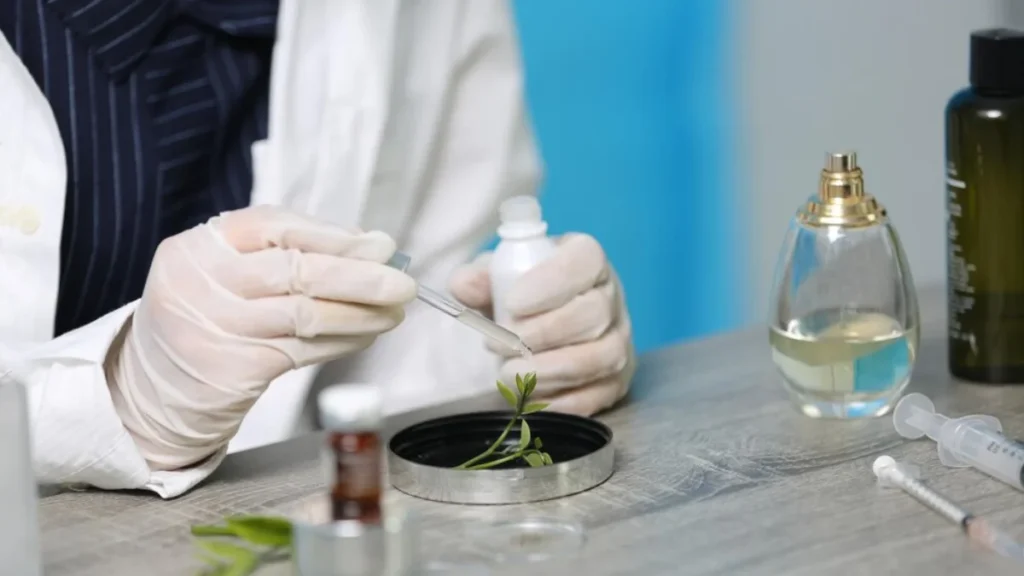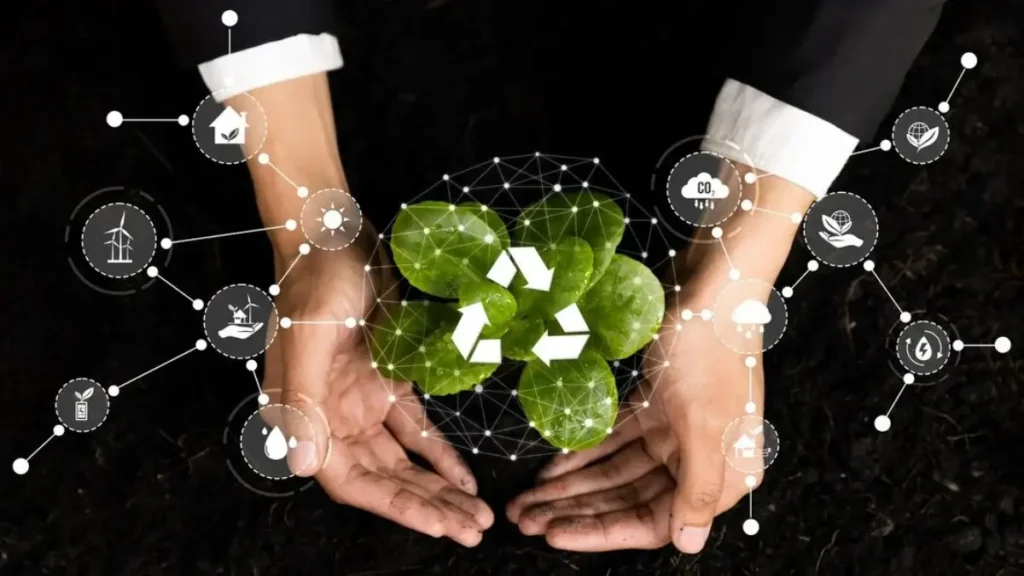GENERAL
The Future of Biodegradability Testing: Trends and Innovations

Introduction to Biodegradability Testing
Biodegradability Testing is essential for determining how different materials may affect the environment. This process helps determine how well a substance can break down and return to nature, minimizing pollution and promoting sustainability. For businesses striving to incorporate sustainable practices, understanding biodegradability is essential. As more companies invest in green initiatives, the significance of accurate testing becomes even more apparent. These tests not only help validate the environmental claims of products but also assist in developing more eco-friendly materials, ensuring that the end products are truly harmless to the environment.

With the rising concern over plastic pollution and its detrimental effects on the ecosystem, biodegradability testing has become a cornerstone of environmental research. It provides valuable data that can help industries make informed decisions about their product materials. By understanding the degradation rate and the by-products formed during the decomposition process, businesses can select materials that are not only effective but also environmentally benign. This preventive measure is essential for reducing the long-term effects of garbage on landfills and the ocean, contributing significantly to global sustainability efforts.
Table of Contents
Current Methods and Technologies
There are several methodologies currently employed in biodegradability testing. Laboratory simulations, such as controlled composting and aerobic digestion, provide an ideal environment to assess the breakdown of materials. These tests simulate natural conditions under controlled settings, which help in predicting how the material will behave once it ends up in the environment. Laboratory simulations make it possible to conduct repeatable and precise experiments that yield reliable data on biodegradability.
Laboratory Simulations
Laboratory simulations typically involve incubating materials under specific conditions to mimic natural environments. These tests can include aerobic and anaerobic digestion, soil burial tests, and composting trials, each offering valuable data on the material’s potential for biodegradation. Aerobic digestion tests, for example, measure how well material degrades in the presence of oxygen, mimicking conditions found in many composting facilities. Anaerobic digestion tests, conversely, replicate environments where oxygen is scarce, such as in landfills, providing a different perspective on material’s breakdown capabilities. These simulations provide a controlled means to gather data, making it easier to compare materials and improve sustainability metrics.

Field Tests
Field tests, on the other hand, provide a more realistic assessment by exposing materials to natural elements. These tests help researchers understand how different environments impact the biodegradation process, from ocean waters to forest soils. Environmental factors such as temperature, humidity, and microbial activity can significantly influence the rate at which a material decomposes. Field tests allow for the observation of how materials interact with the natural microbial communities and physical environment, providing insights that lab conditions might not replicate thoroughly. As such, they are an essential component in validating the findings from laboratory simulations and ensuring the material’s real-world applicability.
Innovative Materials on the Horizon
Researchers are making leaps and bounds in developing new, eco-friendly materials. These innovative solutions promise to replace traditional plastics and reduce our environmental footprint. Bioplastics, for instance, have gained considerable attention due to their ability to degrade faster than conventional plastics. Bioplastics are made from renewable resources including cellulose, sugarcane, and maize starch. They are intended to break down more quickly and safely in the environment, lessening the long-term load on landfills and seas.
Another exciting development is in the field of bio-based composites. These materials, derived from renewable sources, offer both strength and biodegradability, making them ideal for various applications ranging from packaging to construction. Bio-based composites are engineered to break down naturally, leaving behind minimal residues. Their versatility and potential to replace non-biodegradable materials across multiple industries highlight the innovative strides being taken toward a more sustainable future. Companies and researchers alike are exploring these materials to meet consumer demand for sustainable products without compromising on quality or performance.
Global Standards and Regulations
To ensure consistency and reliability in biodegradability testing, several international standards and regulations have been established. These guidelines help maintain high testing quality and foster global cooperation in environmental protection efforts. Standardization bodies, such as ASTM International and ISO (International Organization for Standardization), have developed comprehensive protocols to measure biodegradability accurately.
Entities like ASTM International and ISO have developed comprehensive testing protocols. These standards ensure that biodegradability tests are performed uniformly across the globe, leading to consistent and reliable data. By adhering to these standards, companies can demonstrate their commitment to sustainable practices while ensuring that their testing methods are scientifically sound. Adopting standardized tests also facilitates cross-border collaborations and regulatory approvals, making it easier for products to enter global markets.
Case Studies: Successful Implementations
Numerous companies have successfully implemented biodegradability testing to enhance their sustainability practices. For instance, Danone, a global food company, has been at the forefront of integrating biodegradable materials into their packaging. This approach aligns with their broader sustainability goals and helps reduce their environmental impact. By opting for materials that decompose more readily, Danone is not only reducing the waste generated from its products but also setting an industry benchmark for other companies to follow.
Another excellent example can be seen in this National Geographic article, where businesses collaborate to innovate and reduce plastic waste. These case studies showcase the tangible benefits of adopting rigorous biodegradability testing practices. Companies like Coca-Cola and Unilever have also started investing in such sustainable practices to meet growing consumer demands for eco-friendly products. Their initiatives demonstrate how sustainability and profit can go hand in hand, encouraging more businesses to undertake similar ventures.
Future Outlook and Predictions
The future of biodegradability testing looks promising, with continuous advancements in technology and material science. Innovations in testing methodologies and the development of new, eco-friendly materials are likely to drive further progress. The integration of artificial intelligence and machine learning into the testing process can offer more precise and predictive insights, allowing for accelerated development of biodegradable materials.

As consumer awareness and demand for sustainable products grow, more organizations are expected to adopt rigorous testing methods. This shift will not only help in reducing pollution but also contribute to a more sustainable and eco-friendly world. The drive for innovation in this field is set to create a ripple effect, inspiring changes across various industries and paving the way for a greener future. Regulatory support and consumer education will play pivotal roles in this transition, ensuring that sustainability becomes a universal priority rather than a mere trend.
Conclusion
Biodegradability testing is an essential component of environmental sustainability efforts. By staying informed about the latest trends and innovations, we can contribute to reducing pollution and promoting a healthier planet for future generations. The advancements in testing methods and materials hold the key to a more sustainable future, encouraging businesses to make environmentally conscious decisions. As organizations continue to adopt and refine biodegradation practices, the cumulative impact will lead to significant positive changes in the global ecosystem.
-

 GENERAL5 months ago
GENERAL5 months agoChristofle – For Those Who Dream of Family Heirloom Silver
-

 SPORTS7 months ago
SPORTS7 months agoDiscover the World of Football with Streameast: Watch Your Favorite Leagues and Tournaments
-

 GENERAL4 months ago
GENERAL4 months agoUncovering the World of кинокрадко: The Dark Side of Film Piracy
-

 GENERAL2 months ago
GENERAL2 months agoATFBooru: Anime, Gaming, and Subculture Imageboard





























